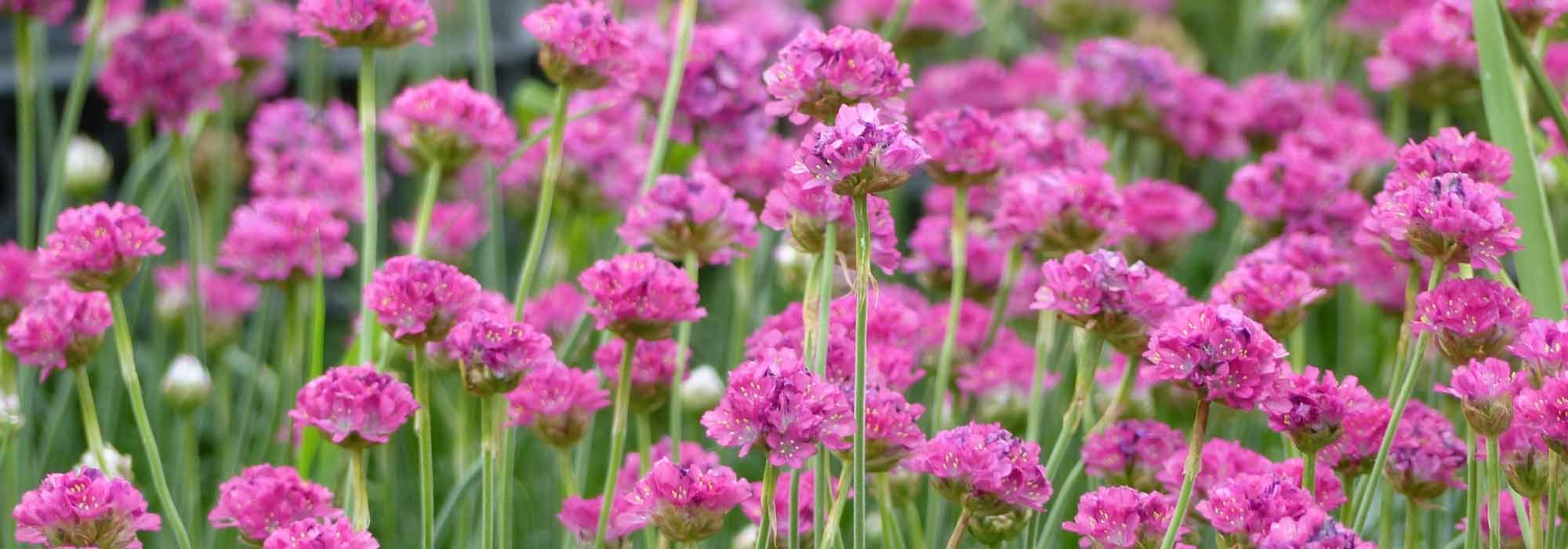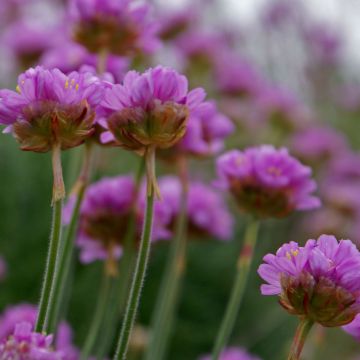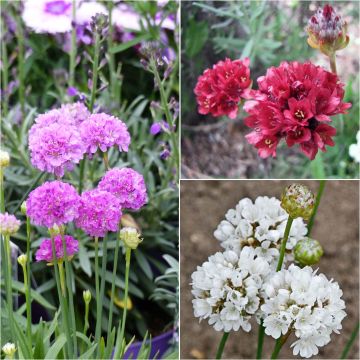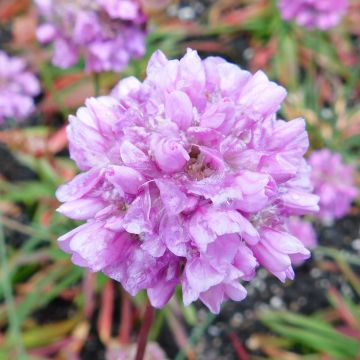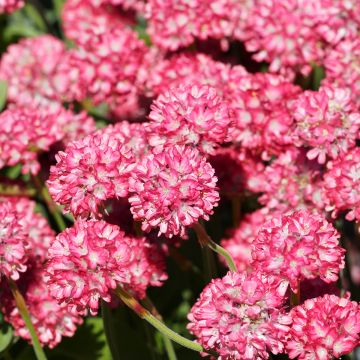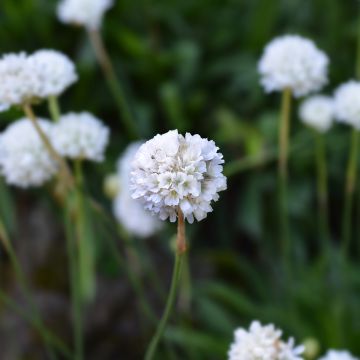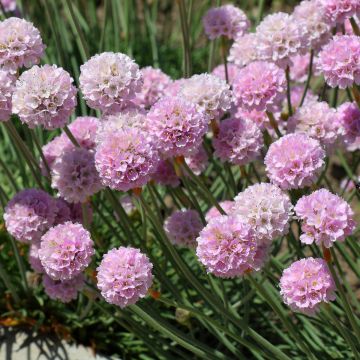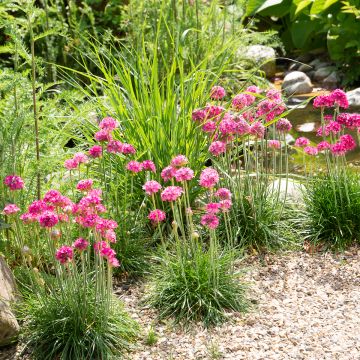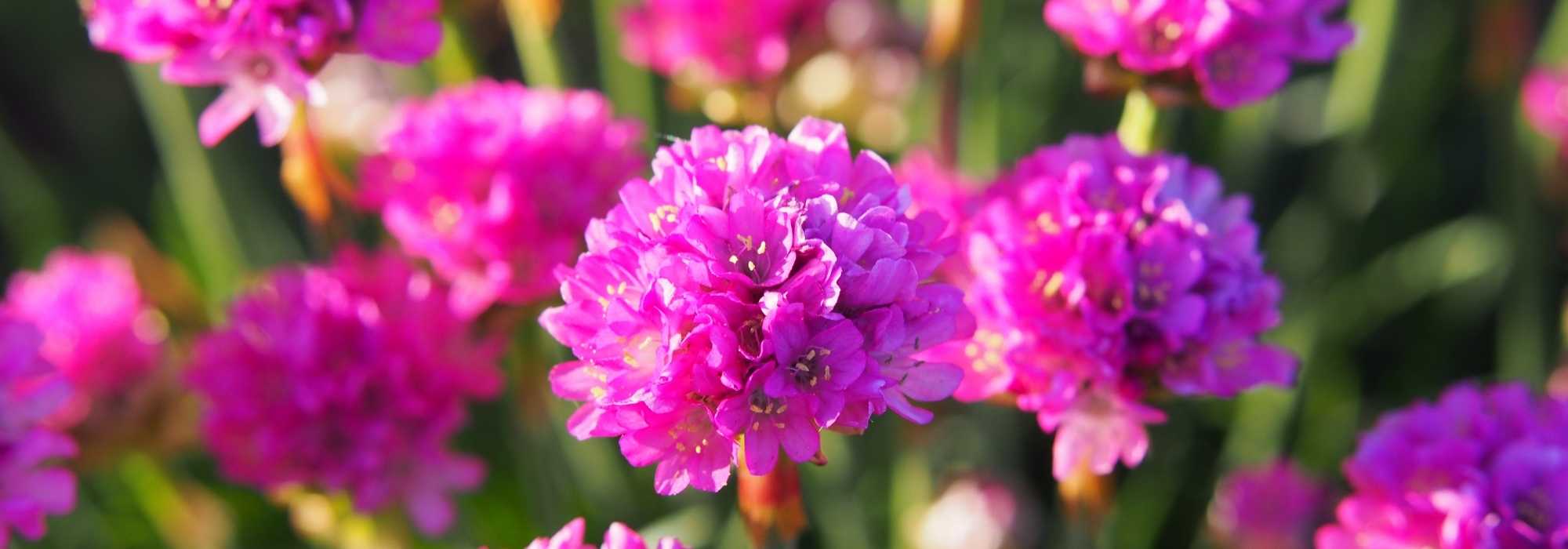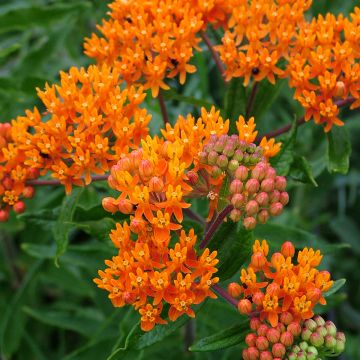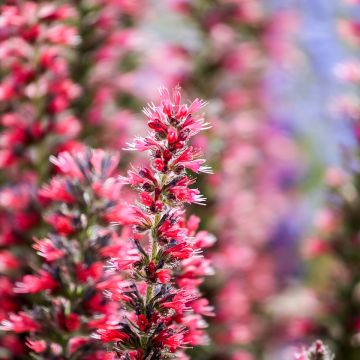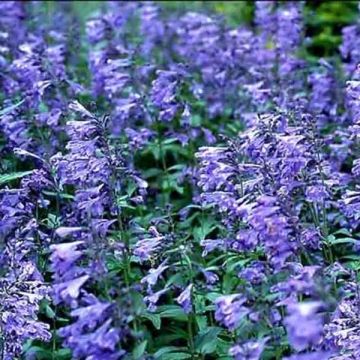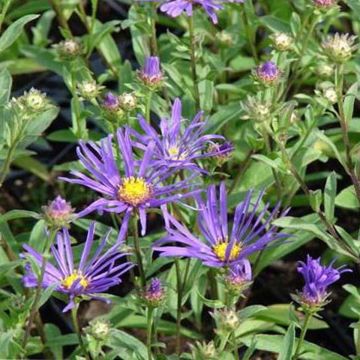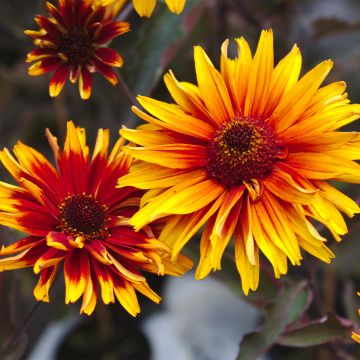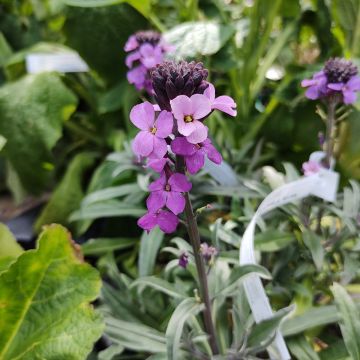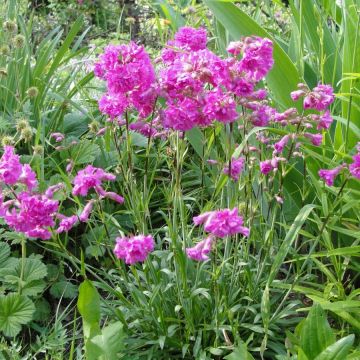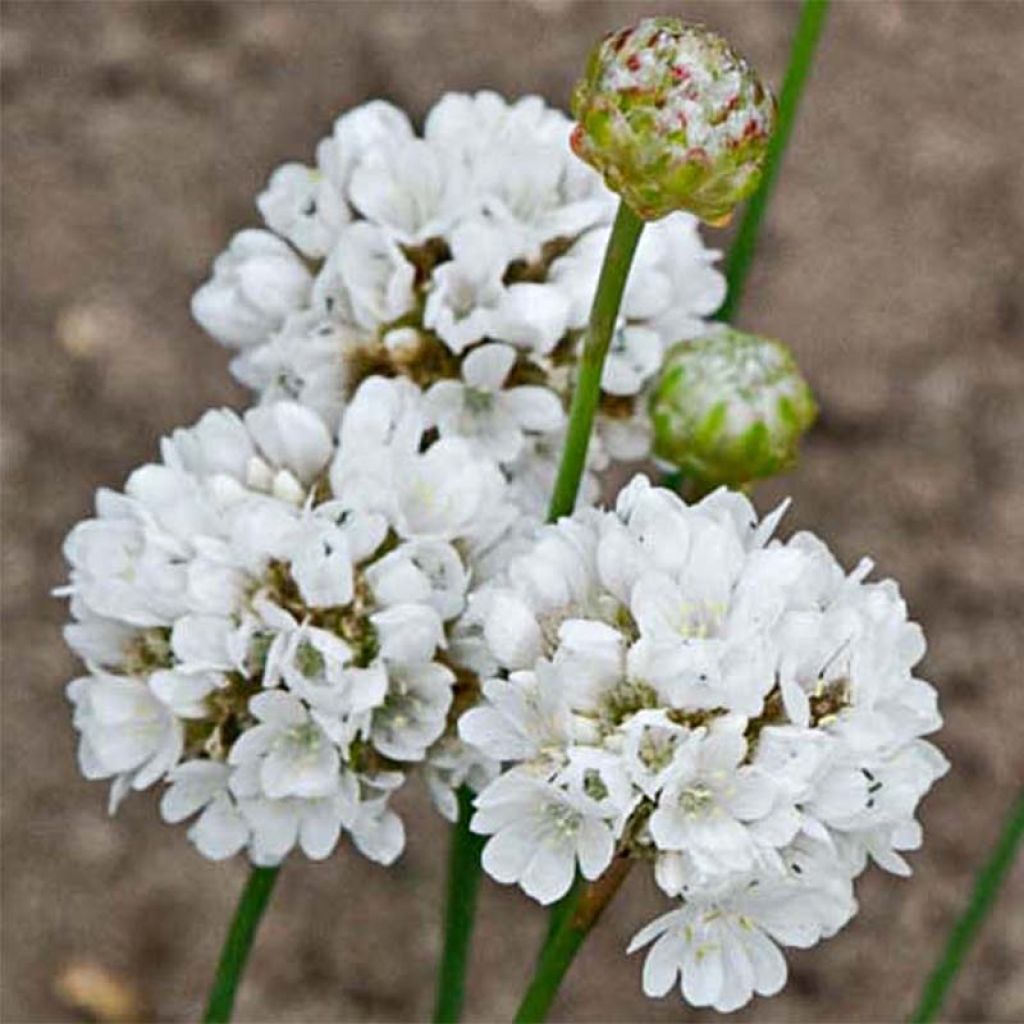

Armeria pseudarmeria Ballerina White - Sea Thrift
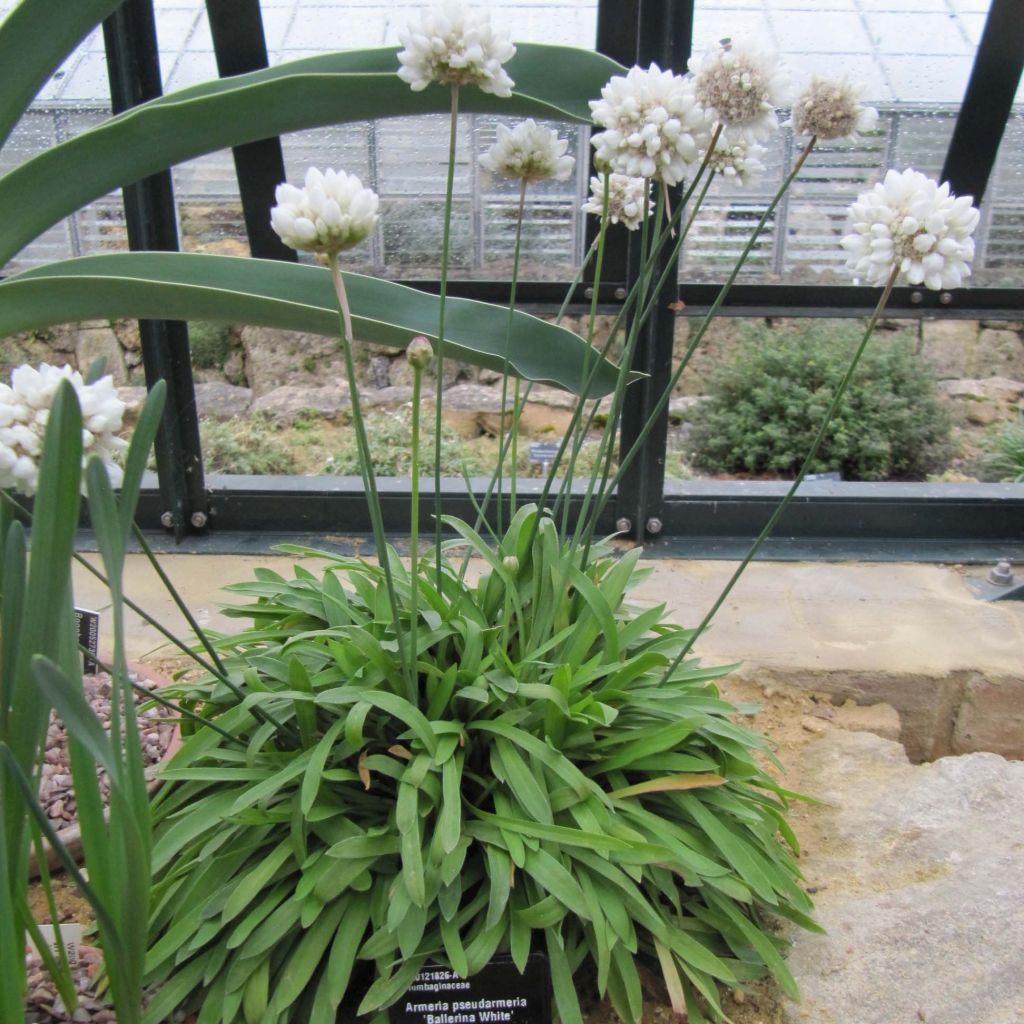

Armeria pseudarmeria Ballerina White - Sea Thrift
Armeria pseudarmeria Ballerina White - Sea Thrift
Armeria pseudarmeria Ballerina White
False Sea Thrift, Spanish Thrift
Despite the shipping issues (damaged box), they arrived in good condition; they are currently in flower and I hope the clumps will grow larger, similar to others of the same variety purchased several years ago.
Martine, 09/06/2025
Special offer!
Receive a €20 voucher for any order over €90 (excluding delivery costs, credit notes, and plastic-free options)!
1- Add your favorite plants to your cart.
2- Once you have reached €90, confirm your order (you can even choose the delivery date!).
3- As soon as your order is shipped, you will receive an email containing your voucher code, valid for 3 months (90 days).
Your voucher is unique and can only be used once, for any order with a minimum value of €20, excluding delivery costs.
Can be combined with other current offers, non-divisible and non-refundable.
Home or relay delivery (depending on size and destination)
Schedule delivery date,
and select date in basket
This plant carries a 12 months recovery warranty
More information
We guarantee the quality of our plants for a full growing cycle, and will replace at our expense any plant that fails to recover under normal climatic and planting conditions.

Would this plant suit my garden?
Set up your Plantfit profile →
Description
The Armeria pseudarmeria Ballerina White, also known as Spanish grass or Maritime thrift, is a small evergreen perennial plant that forms an elegant clump of lanceolate leaves from which, from spring and for a long period, clusters of small white flowers emerge, tightly packed like a pom-pom. Planted en masse in dry rockeries and sunny borders or in planters, this lovely little plant provides a floral display for many weeks.
The Spanish grass Ballerina White belongs to the Plumbaginaceae family. It is a selection derived from Armeria pseudarmeria, native to mountains and coasts of the northern hemisphere, including Europe (Western Portugal). In 2009, the 'Ballerina' series developed by the Dutch company Kieft Bloemzaden BV brought attention to this sturdy and unpretentious little plant by receiving the 'Fleuroselect Award'. The Ballerina series plants offer larger flowers than the type, stronger floral stems, and are more prolific and vigorous.
This robust, fast-growing perennial plant reaches 25 cm (10in) in height when in bloom, 10 cm (4in) for the foliage, with a spread of 30 cm (12in). Armeria pseudarmeria forms a compact and dense clump composed of lanceolate basal leaves with a slightly bluish-green colour. The remarkably long flowering period starts in May-June and lasts until August, sometimes with a late summer rebloom. The flowers are grouped in dense, rounded heads on short, rigid stems. They are pure white with a green centre. The evergreen foliage, anchored to the spreading base, has a very vibrant blue-green colour. The linear and elongated leaves resemble those of certain grasses.
Armeria maritima 'Ballerina White' is a sun-loving plant that thrives in dry soil and coastal areas and is a ground cover in rockeries or borders. It can be paired with other perennials that require similar growing conditions: carnations, classic but unbeatable in this use, as well as other small cushions like woolly artemisia, heartleaf globe daisy, creeping baby's breath, Helichrysum angustifolium, snow-in-summer (Cerastium tomentosum), or Mexican fleabane (Erigeron karvinskianus). It can also be planted in an alpine garden or pots, troughs, and planters.
Armeria pseudarmeria Ballerina White - Sea Thrift in pictures
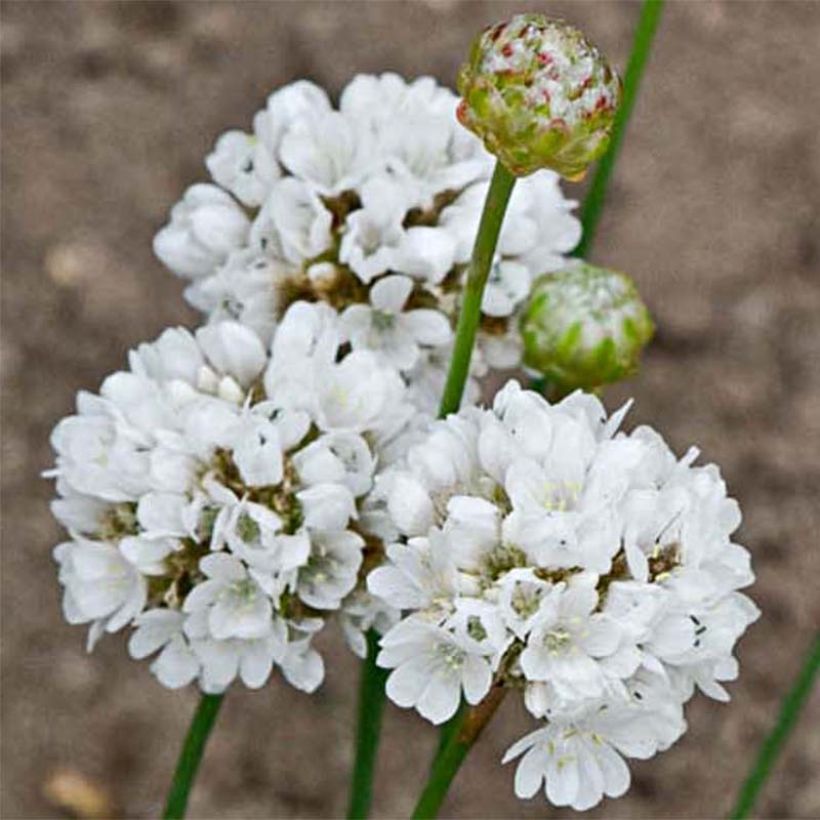

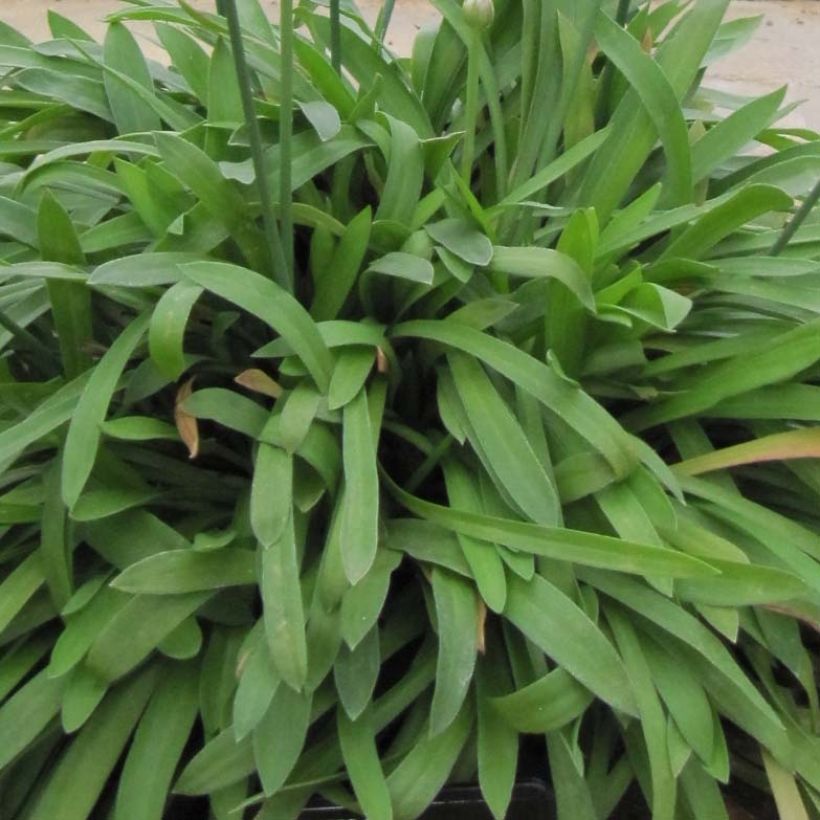

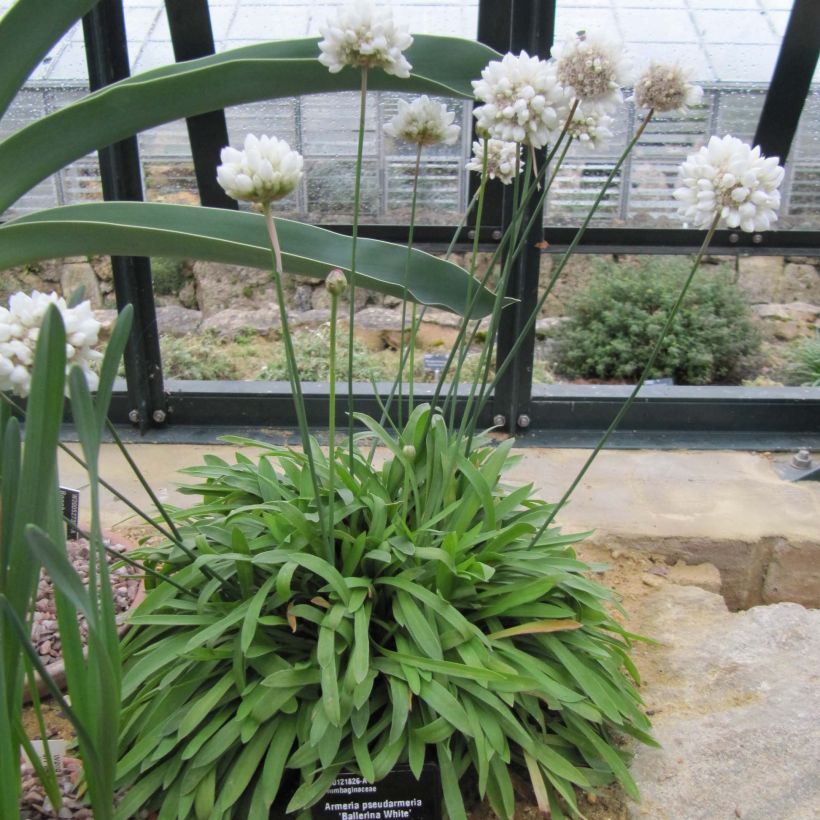

Flowering
Foliage
Plant habit
Botanical data
Armeria
pseudarmeria
Ballerina White
Plumbaginaceae
False Sea Thrift, Spanish Thrift
Cultivar or hybrid
Other Armeria - Sea Thrift
View all →Planting and care
To grow 'Ballerina White', it is essential to plant it in well-drained, light soil, even if it is poor and slightly chalky. It is also essential to keep the soil moist to dry in summer and ensure it is neutral or slightly acidic. This plant thrives in sunlight and is highly resistant to wind and drought but doesn't cope well with excess moisture. If you're planting it in heavy soil, it's recommended to add coarse sand or gravel to improve drainage. After the flowering season, be sure to cut back the withered stems to give vigour to the foliage, which will remain neat throughout the winter season.
Planting period
Intended location
Care
Planting & care advice
-
, onOrder confirmed
Reply from on Promesse de fleurs
Similar products
Haven't found what you were looking for?
Hardiness is the lowest winter temperature a plant can endure without suffering serious damage or even dying. However, hardiness is affected by location (a sheltered area, such as a patio), protection (winter cover) and soil type (hardiness is improved by well-drained soil).

Photo Sharing Terms & Conditions
In order to encourage gardeners to interact and share their experiences, Promesse de fleurs offers various media enabling content to be uploaded onto its Site - in particular via the ‘Photo sharing’ module.
The User agrees to refrain from:
- Posting any content that is illegal, prejudicial, insulting, racist, inciteful to hatred, revisionist, contrary to public decency, that infringes on privacy or on the privacy rights of third parties, in particular the publicity rights of persons and goods, intellectual property rights, or the right to privacy.
- Submitting content on behalf of a third party;
- Impersonate the identity of a third party and/or publish any personal information about a third party;
In general, the User undertakes to refrain from any unethical behaviour.
All Content (in particular text, comments, files, images, photos, videos, creative works, etc.), which may be subject to property or intellectual property rights, image or other private rights, shall remain the property of the User, subject to the limited rights granted by the terms of the licence granted by Promesse de fleurs as stated below. Users are at liberty to publish or not to publish such Content on the Site, notably via the ‘Photo Sharing’ facility, and accept that this Content shall be made public and freely accessible, notably on the Internet.
Users further acknowledge, undertake to have ,and guarantee that they hold all necessary rights and permissions to publish such material on the Site, in particular with regard to the legislation in force pertaining to any privacy, property, intellectual property, image, or contractual rights, or rights of any other nature. By publishing such Content on the Site, Users acknowledge accepting full liability as publishers of the Content within the meaning of the law, and grant Promesse de fleurs, free of charge, an inclusive, worldwide licence for the said Content for the entire duration of its publication, including all reproduction, representation, up/downloading, displaying, performing, transmission, and storage rights.
Users also grant permission for their name to be linked to the Content and accept that this link may not always be made available.
By engaging in posting material, Users consent to their Content becoming automatically accessible on the Internet, in particular on other sites and/or blogs and/or web pages of the Promesse de fleurs site, including in particular social pages and the Promesse de fleurs catalogue.
Users may secure the removal of entrusted content free of charge by issuing a simple request via our contact form.
The flowering period indicated on our website applies to countries and regions located in USDA zone 8 (France, the United Kingdom, Ireland, the Netherlands, etc.)
It will vary according to where you live:
- In zones 9 to 10 (Italy, Spain, Greece, etc.), flowering will occur about 2 to 4 weeks earlier.
- In zones 6 to 7 (Germany, Poland, Slovenia, and lower mountainous regions), flowering will be delayed by 2 to 3 weeks.
- In zone 5 (Central Europe, Scandinavia), blooming will be delayed by 3 to 5 weeks.
In temperate climates, pruning of spring-flowering shrubs (forsythia, spireas, etc.) should be done just after flowering.
Pruning of summer-flowering shrubs (Indian Lilac, Perovskia, etc.) can be done in winter or spring.
In cold regions as well as with frost-sensitive plants, avoid pruning too early when severe frosts may still occur.
The planting period indicated on our website applies to countries and regions located in USDA zone 8 (France, United Kingdom, Ireland, Netherlands).
It will vary according to where you live:
- In Mediterranean zones (Marseille, Madrid, Milan, etc.), autumn and winter are the best planting periods.
- In continental zones (Strasbourg, Munich, Vienna, etc.), delay planting by 2 to 3 weeks in spring and bring it forward by 2 to 4 weeks in autumn.
- In mountainous regions (the Alps, Pyrenees, Carpathians, etc.), it is best to plant in late spring (May-June) or late summer (August-September).
The harvesting period indicated on our website applies to countries and regions in USDA zone 8 (France, England, Ireland, the Netherlands).
In colder areas (Scandinavia, Poland, Austria...) fruit and vegetable harvests are likely to be delayed by 3-4 weeks.
In warmer areas (Italy, Spain, Greece, etc.), harvesting will probably take place earlier, depending on weather conditions.
The sowing periods indicated on our website apply to countries and regions within USDA Zone 8 (France, UK, Ireland, Netherlands).
In colder areas (Scandinavia, Poland, Austria...), delay any outdoor sowing by 3-4 weeks, or sow under glass.
In warmer climes (Italy, Spain, Greece, etc.), bring outdoor sowing forward by a few weeks.






























